East Germany, it's too pulling!
Author:Earth Knowledge Bureau Time:2022.07.27
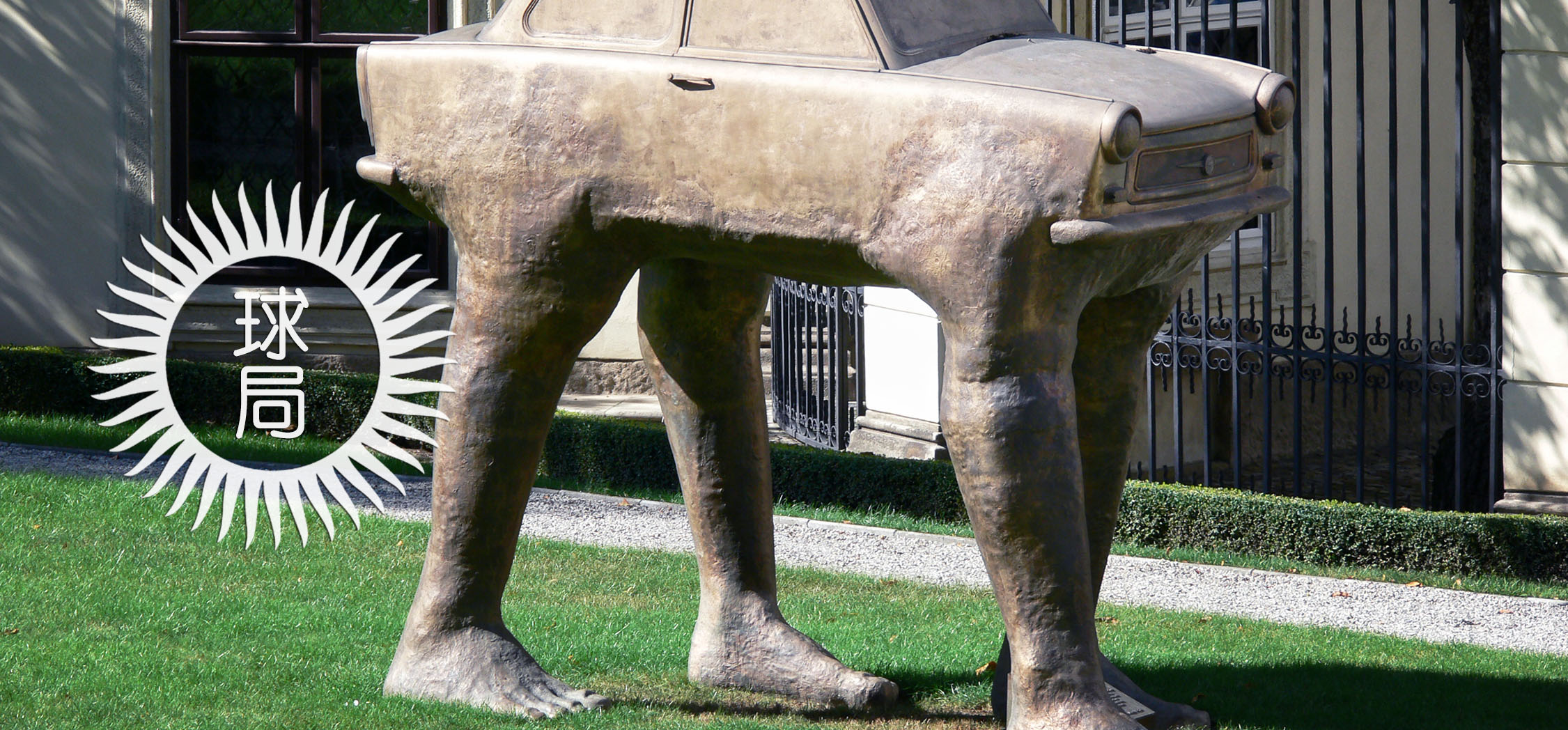
(⊙_⊙)
Made in Germany, it has been synonymous with high -quality products from "street goods" in the past 100 years.
However, it is easy for people to find that their familiar German brands come from Federal Germany (West Germany), and rarely comes from the German Republic (East Germany).
Once East Germany
Equivalent to the five states in eastern Germany+East Berlin ▼
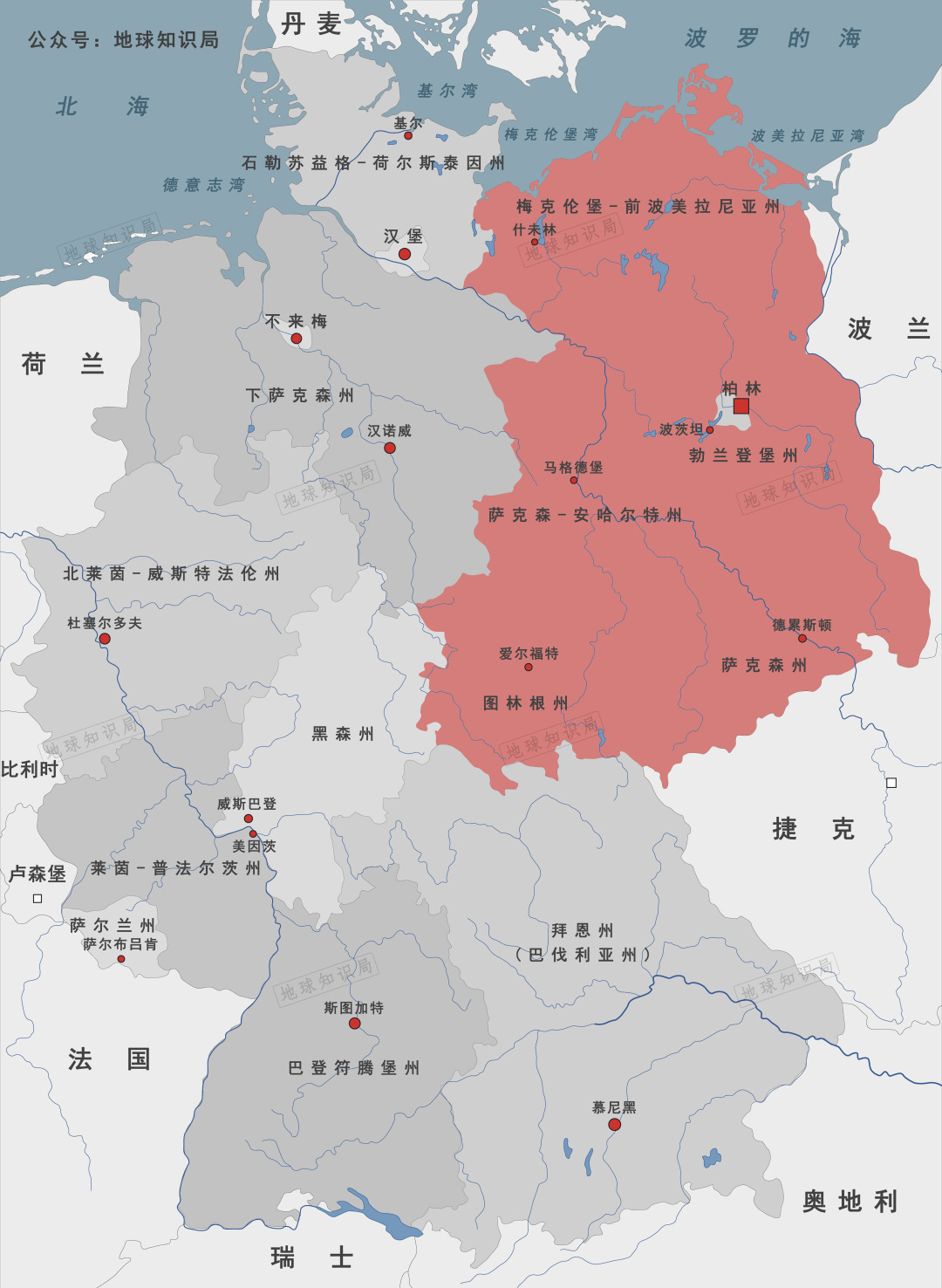
Taking German companies in the world's top 500 as an example, Volkswagen, Daimler, Allianan Insurance, Titans, Bosch, Siemens, Bayer, etc. all come from the original West Germany. There are no world -renowned brands from East Germany and still produced independently.
Why is this? Behind the well -known brand is the large -scale enterprises and the world's leading scientific and technological level, and the overall technical level and economic aggregate of West Germany have always been ahead of East Germany.
Calling the number, basically the hometown of West Germany (horizontal screen) ▼

In 1989, East Germany's total GDP was only equivalent to 14.9%of West Germany, and the per capita GDP was only half of West Germany.
Is it suppressed or cultivated?
The reason for this gap is first of all the different experiences of the two sides after World War II. Before Germany invaded Poland, there was no significant difference in economic level between East and West in Germany. It is just that the western region (Ruhr District, Sal, Baden, and Baden Farmburg) focuses on heavy industry (coal, steel), and the east focuses on chemical industry, machinery and light industry.
After the end of World War II, Germany, which was completely lost due to unconditional surrender, was occupied by the Allied partitions. Among them, the Occupy District of the United States, Britain, and France in the west and south evolved into West Germany.
From 1947 to 1949, the U.S.-Soviet British French occupation area
Correspondingly, Berlin is also divided into four occupied areas (Figure: wiki) ▼
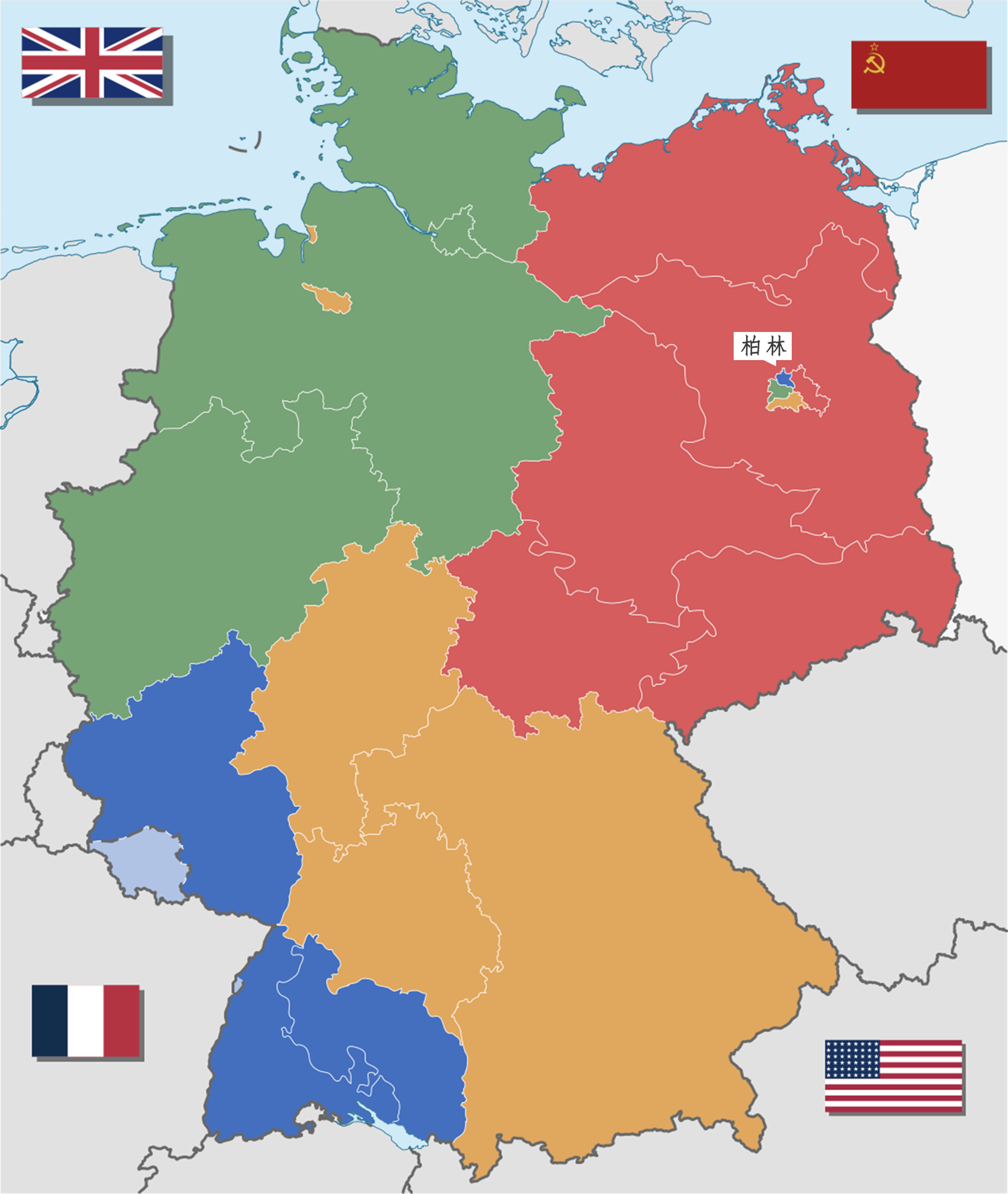
The Cold War began because of the competition between the United States and the Soviet Union against Germany, but also shaped the economic pattern of two German Germany. The United States has blocked the Soviet Union's request for war compensation for western Germany, and then benefited West Germany from the "Marshall Plan" and "the government's aid and relief plan for the occupation areas."
Marshall plans to assist in European countries
In addition to the British and French abroad, West Germany also won a lot of ▼
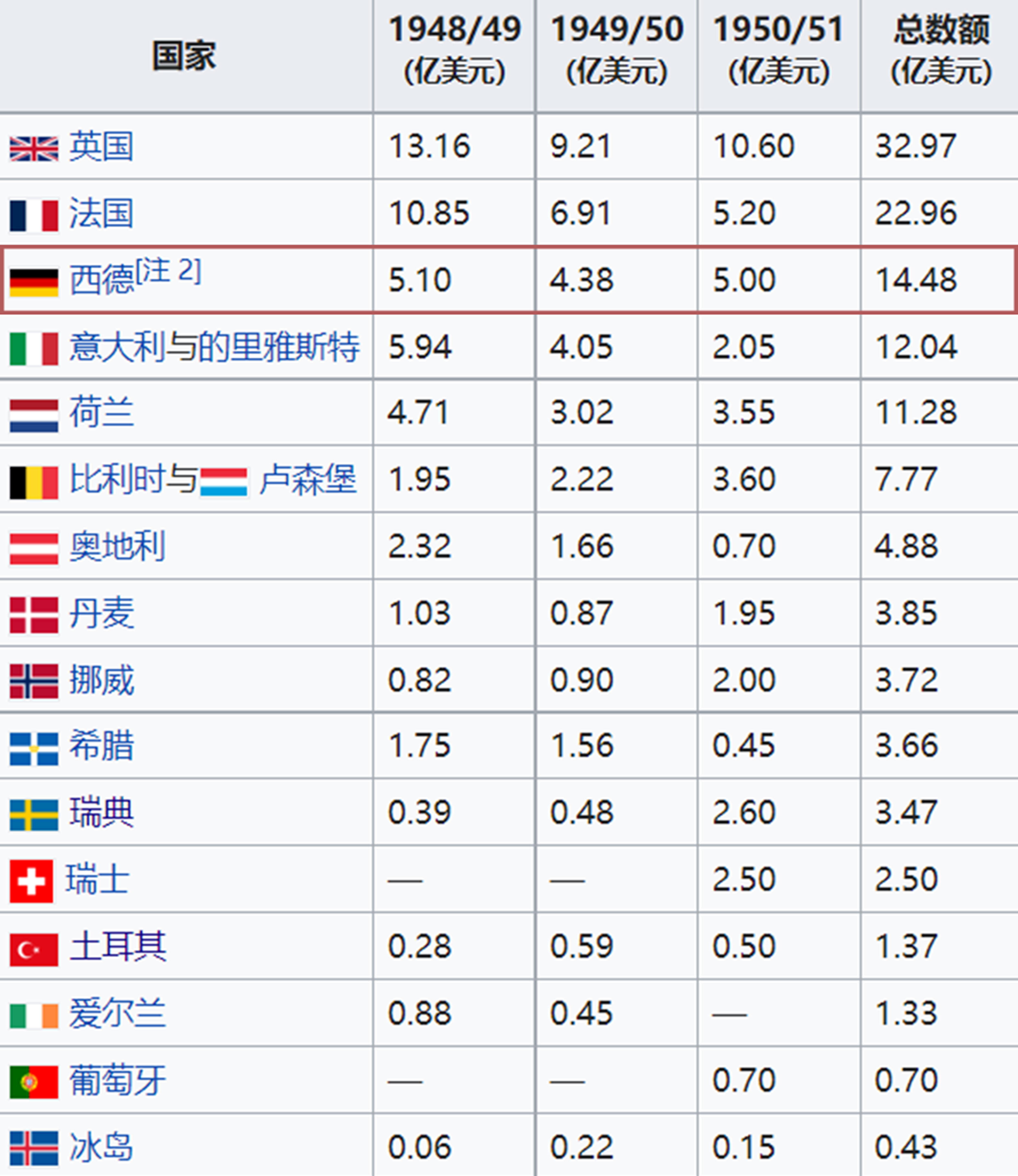
The production capacity mobilized during the wartime of the United States, excess after war
It happens to be exported to the European region where Baixing
(Rebuilding German factory, picture: nara) ▼
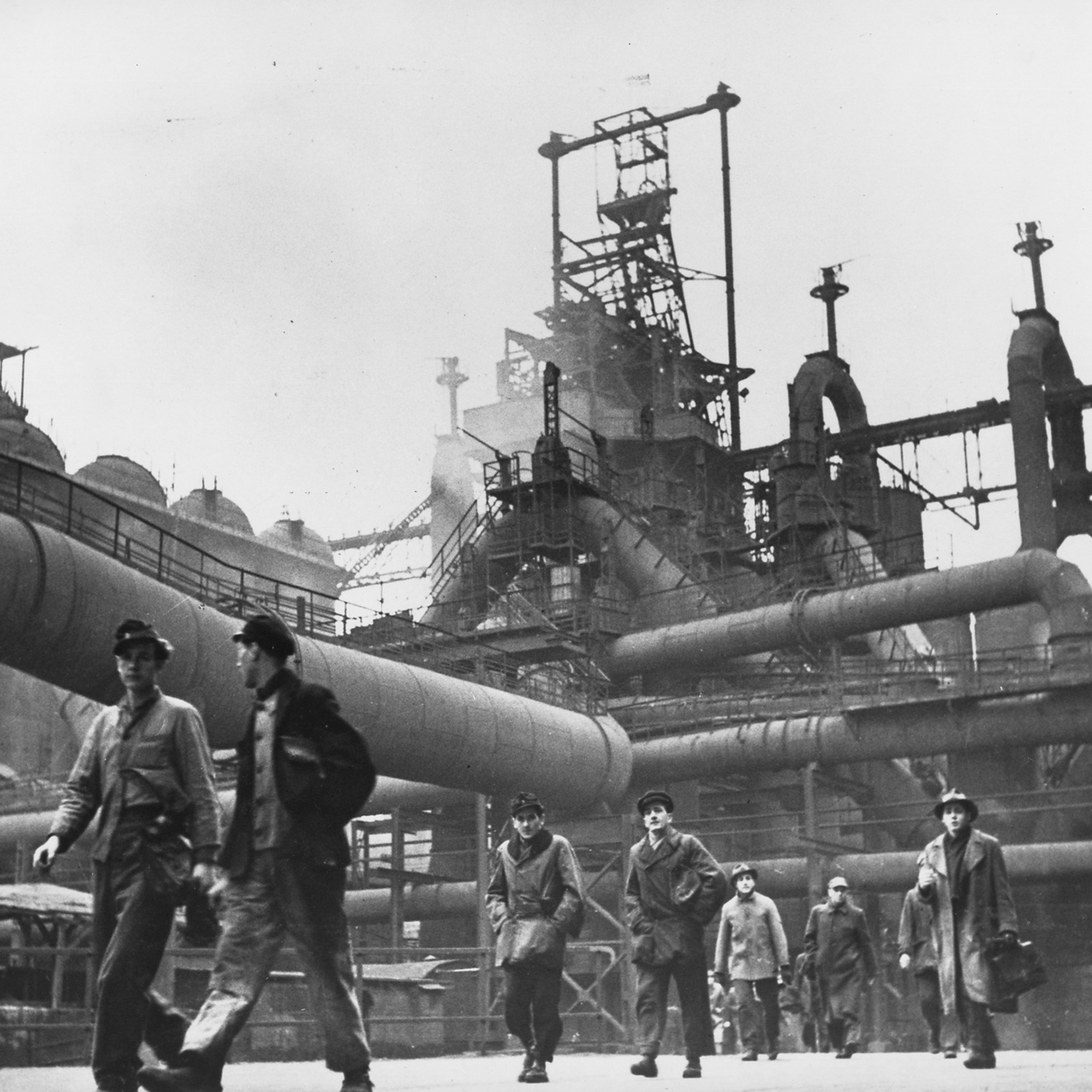
In addition, a large number of orders for the Korean War and the Vietnam War also made West Germany's large and small manufacturers profitable, becoming a booster of West Germany's economy.
However, the most important thing is that West Germany has entered the world market by joining the overall agreement and trade agreement (the predecessor of the WTO). People who describe the rapid growth of West Germany's economic growth often call it "economic miracle", but the joining of West Germany is actually a global economic prosperity promoted by the United States.
Economic prosperity has greatly improved people's living standards
There are more things in the store, which is the most intuitive manifestation
(Figure: One picture network) ▼
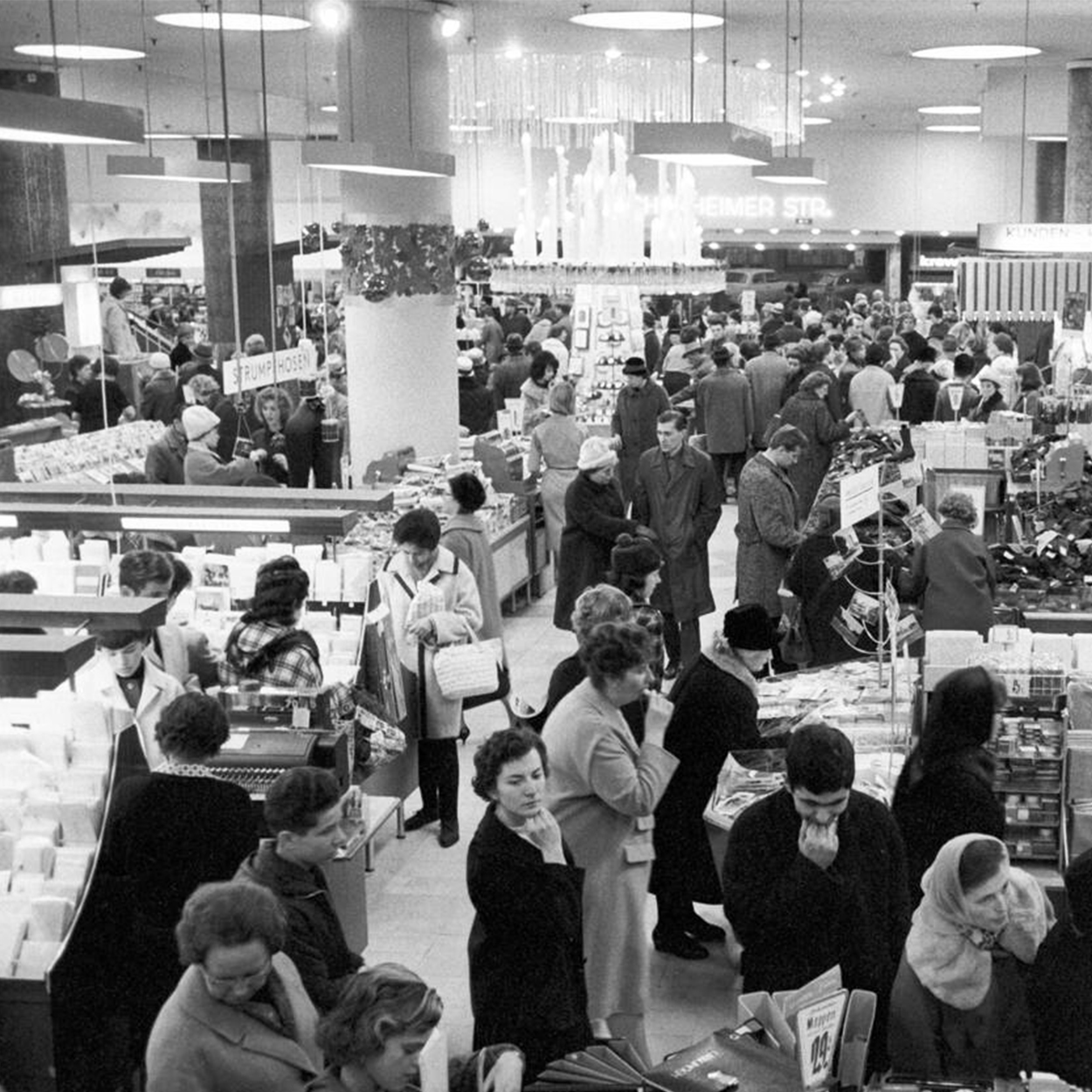
In contrast, East Germany had to establish its own heavy industry after losing the connection with the Ruhr district, and must obtain important raw materials from the Soviet Union and Poland. A large number of private enterprises were confiscated as the property of war criminals. The Soviet Union also dismantled a large number of industries in its own occupation area as a warrior or war compensation.
The war broke many Soviet industrial facilities
So look for supplements from Germany and remove it for rebuilding
(Figure: Histclo.com) ▼
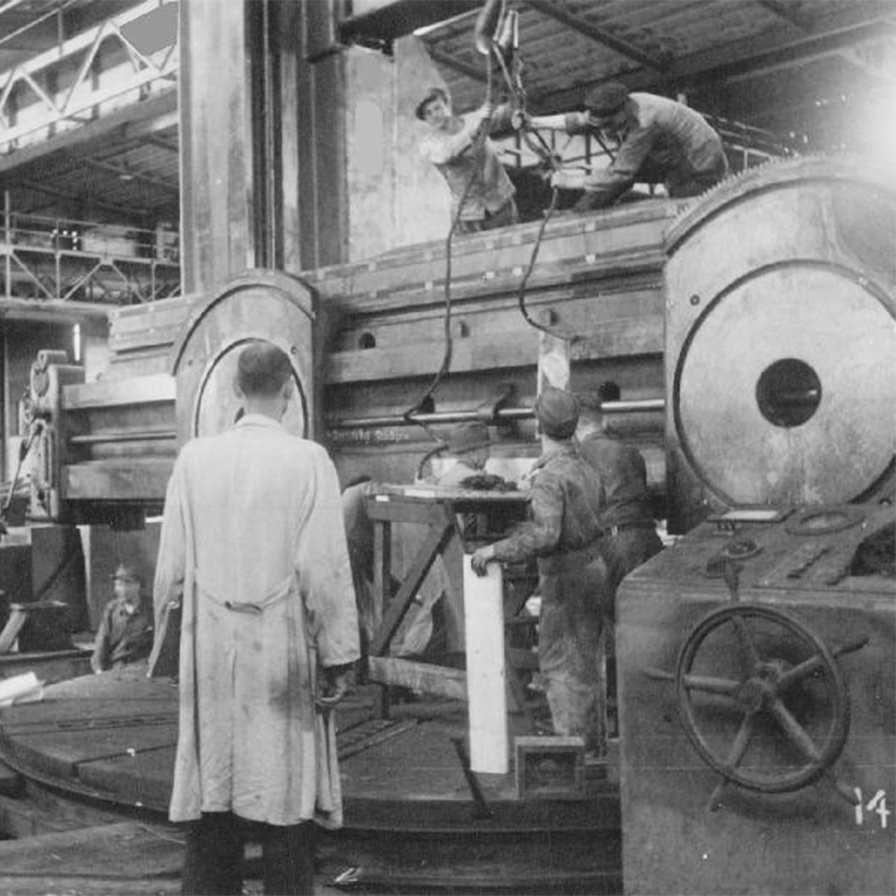
This series of blows led to East Germany's economy far behind West Germany at the beginning of its establishment. The reason is that the Soviet Union had no clear ideas for the future of Germany in the early days of the war.
Should Germany be suppressed or trained after the war? In fact, both the two major groups of the United States and the Soviet Union have controversy. The United States is entangled between the "Morgan Worker Plan" and the relatively mild "Stin Sheng Plan" for "turning Germany as agricultural countries"; the Soviet Union entangled whether to obtain "loot" and war compensation as much as possible, or try to win the Germans as much as possible as much as possible Socialism comes.
At this time, Germany became a chess piece pinched by the United States and Sutra
The players are Truman and Stalin
(Figure: National Library I of Wales) ▼
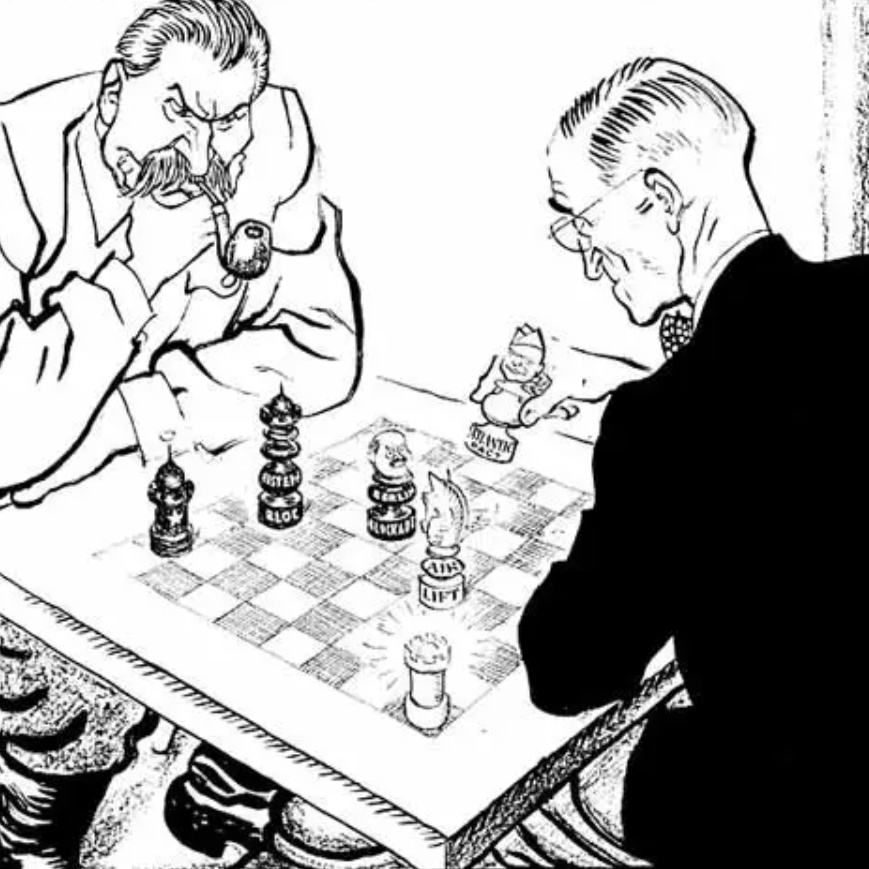
The tangles of the United States ended in early 1947 after Marshall was proclaimed by the Secretary of State. The United States determined to revive Western Europe to curb the Soviet Union. To this end, it did not hesitate to abandon eastern Germany and supported Western Germany and re -become the engine of European economic development.
The tangled time of the Soviet Union grew much. When Stalin was still alive, the Soviet Union was prioritizing the actual interests on the one hand, and on the other hand, he did not completely abandon the Germans.
The United States uses Marshall to fund West Germany to build construction
The Soviet Union also entered the East Economic Mutual Aid Committee ▼
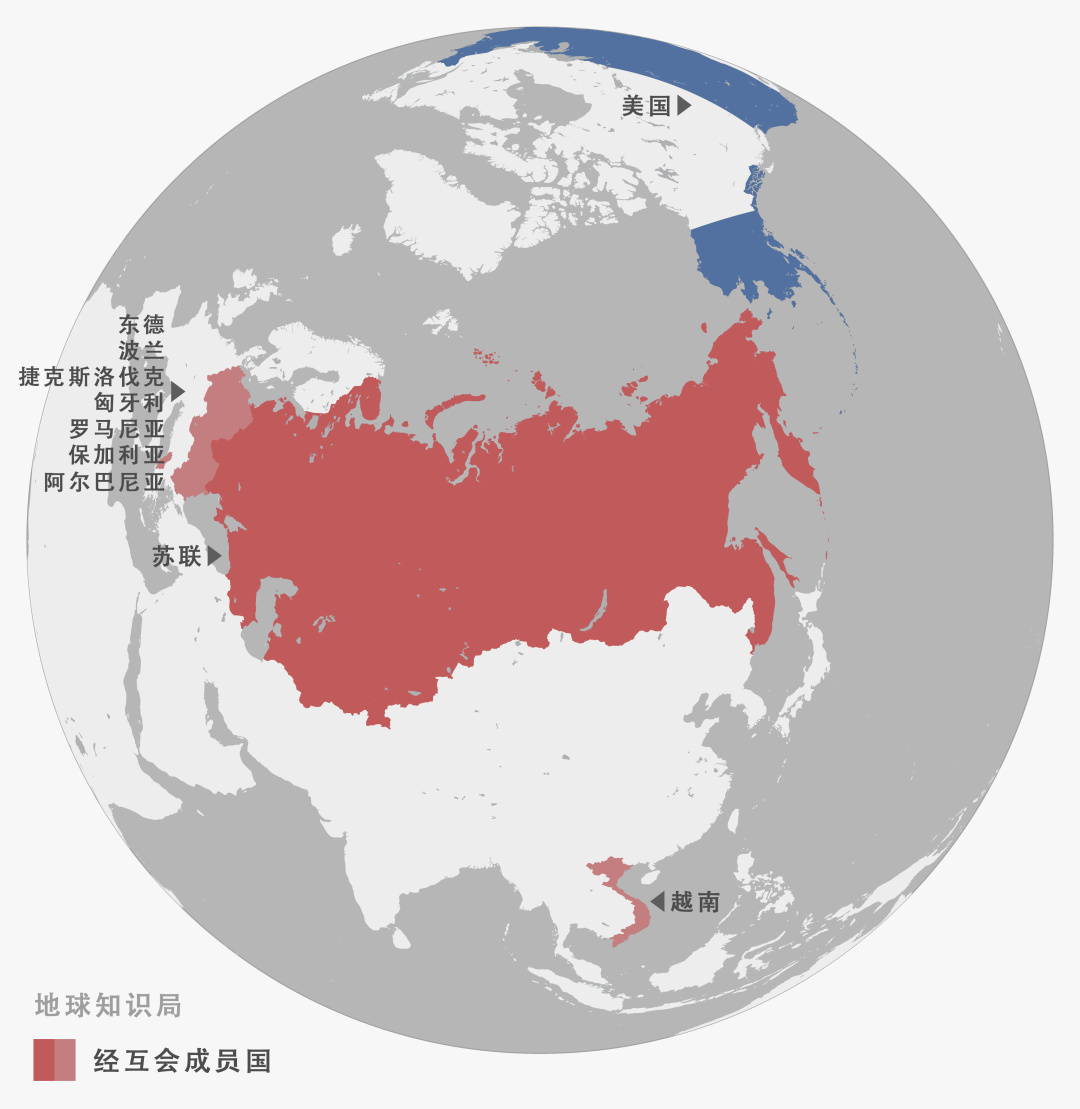
The highest goal is to create a unified socialist Germany, and the second is to allow the establishment of a completely neutral Germany. The bottom line is to turn the occupied parts into a socialist country controlled by the Soviet Union.
But reality only allows the Soviet Union to keep the bottom line. Since August 1953, the Soviet Union has changed its policy to East Germany after its target. The Soviet Union gave up the requirements for the remaining compensation, canceled East Germany's debt, and provided 485 million ruble loans, and transferred 33 Soviet joint -stock companies (SAG) to East Germany. Three -quarters of the Soviet Union themselves.
After Khrushchev came to power, he increased support for East Germany
The Soviet Union, which once demolished the East German plant, sent a tractor
(Figure: One picture network) ▼
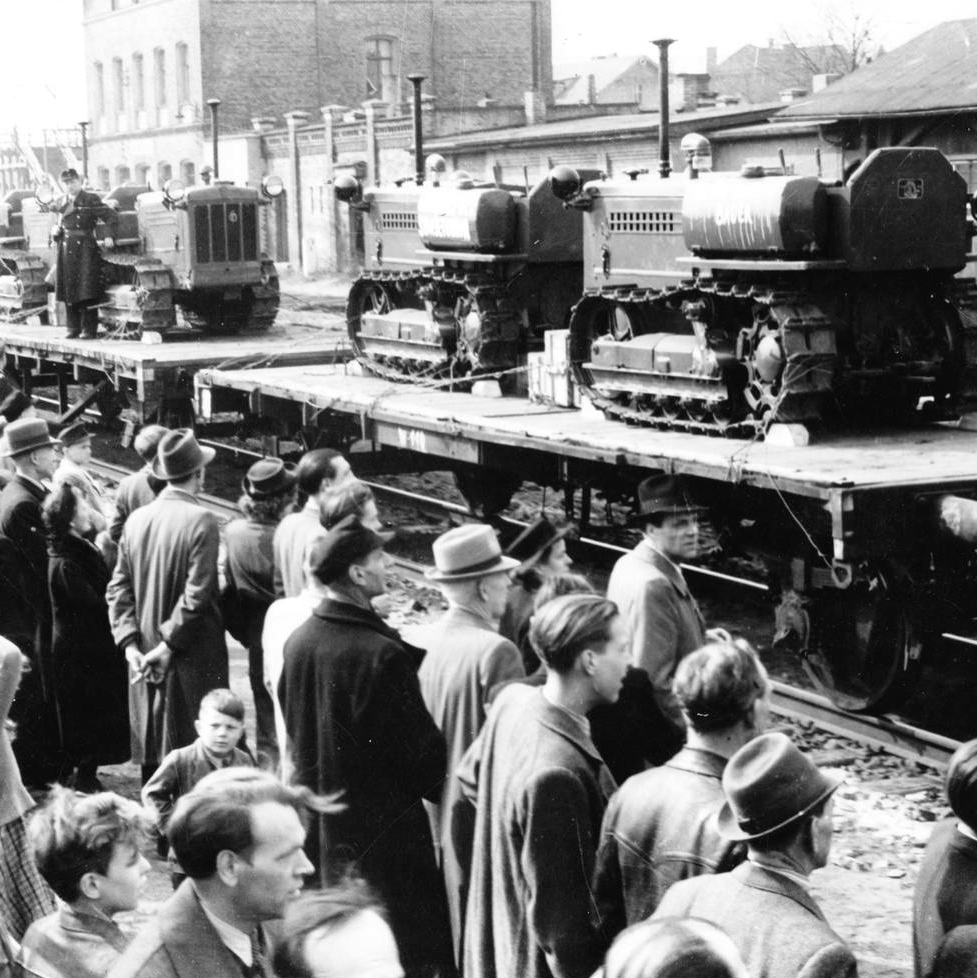
However, it was too late to support East Germany when the Soviet Union turned. In 1950, East Germany's GDP was equivalent to 14.2%of West Germany GDP. The gap between living standards formed between two Germans led to a large number of residents of East Germany (especially young people, professional and technical personnel) fled to West Germany. The "Berlin Wall", which was erected in 1961, hit the reputation of socialism, but at the same time, people can predict that if the border is not closed, East Germany will collapse sooner or later.
The Berlin Wall cannot stop people voting with their feet
(Figure: history.blog.gov.uk) ▼
There are trademarks without brand
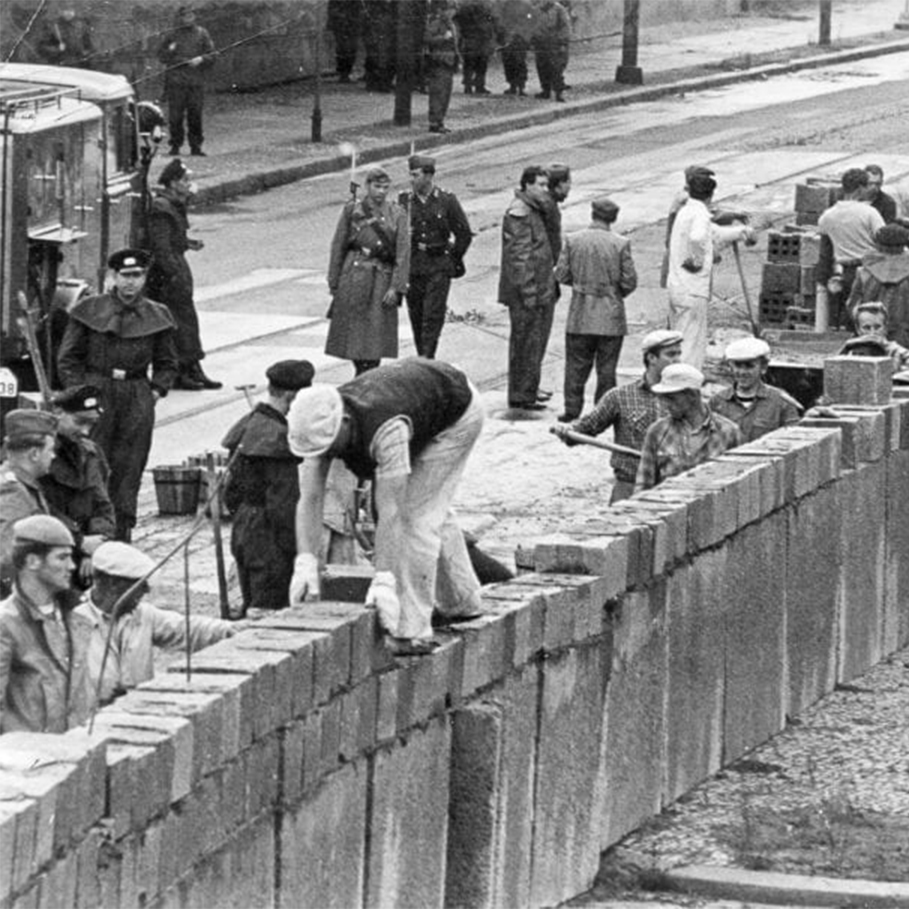
Careful readers may find that from the total ratio of GDP of East Germany GDP and Occupy West Germany (14.2%in 1950 and 14.9%in 1989), East Germany was just behind Slow.
This is indeed the case alone. However, the problem is that West Germany's products are almost produced for market demand, and East Germany products are far exceeded in terms of varieties, quality and after -sales service.
West Germany's products have fully participated in competition and adopted market inspection
In 1950, the birth of the 100,000 Volkswagen was born
(Figure: volkswagenag.com) ▼
Strictly speaking, East Germany's products are only "trademarks", and there is almost no "brand" in the market economy. To make a brand, to distinguish the company's products from similar products in the market, and use the brand's credit to affect consumers' purchase behavior.
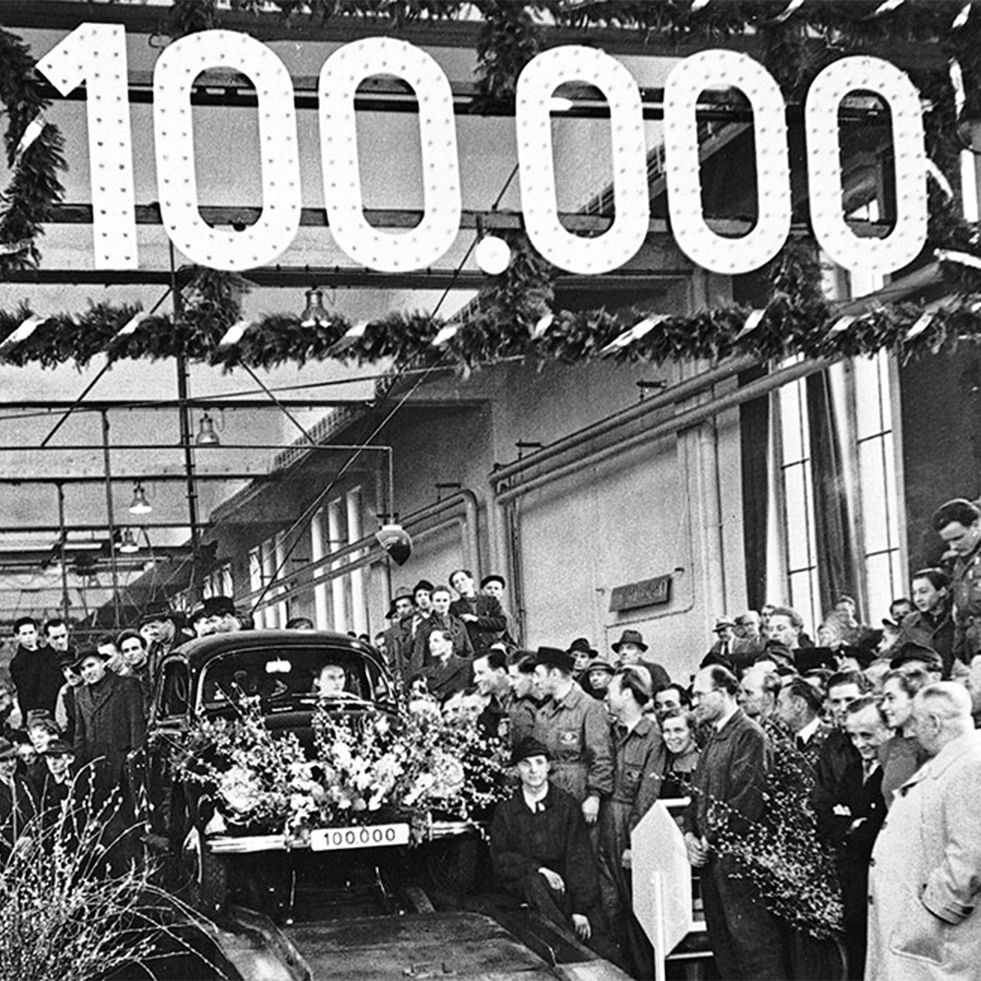
The factory is produced as planned, and each department purchases according to the plan
In this model, brand building is not very important
(East German factory, picture: wiki) ▼
Most of the West German brands mentioned above have been fighting in the market economy for hundreds of years. After the end of World War II, the Allies were originally prepared to punish some of these companies that helped abuse during the Nazi rule, but they immediately "fell lightly" because of the needs of revival Europe and the outbreak of the Cold War.
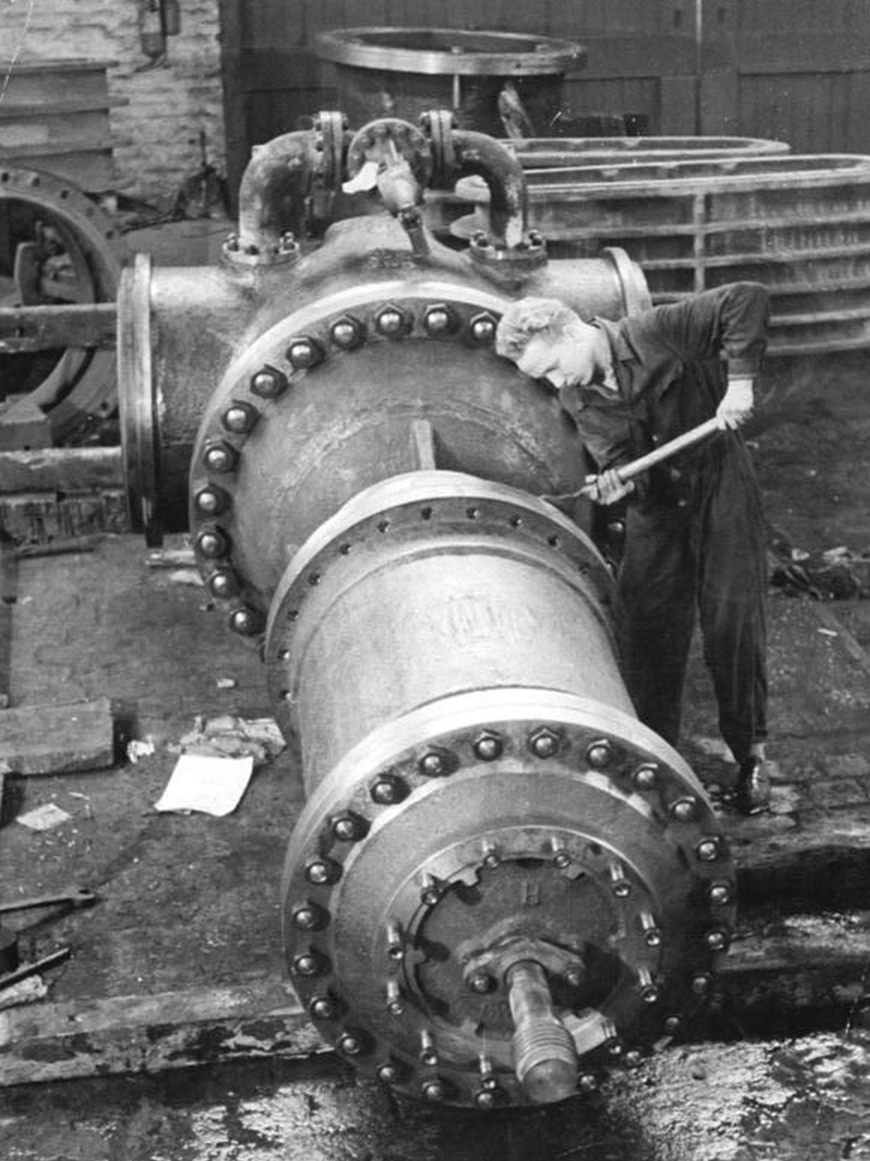
Even the French Group, which was forcibly disbanded by the Allies, has become a world -renowned brand after the split.
Bayer and BASF are pharmaceuticals, giants in the chemical field
(Bayer trademark under night, picture: career.bayer.us) ▼
The enthusiastic power "People's Enterprise" (VEB) of East Germany's economy is a large United Nations Enterprise. They are the results of the Soviet army's occupation authorities confiscated a large number of "Rongcc" assets and the land reform of the Soviet Union. Each such large joint enterprise has its own construction department, transportation department, and so on.
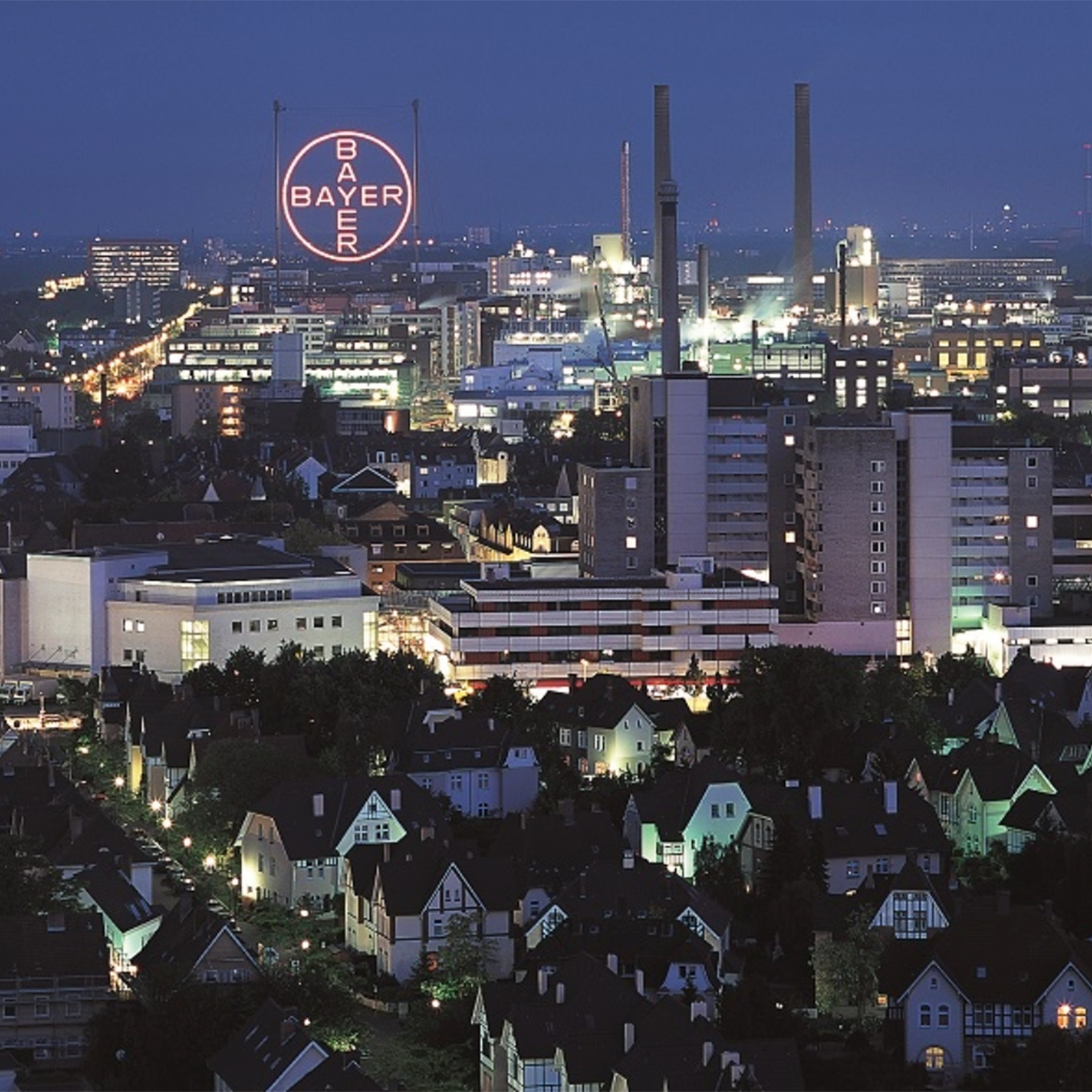
This kind of enterprise is suitable for complete and accurately implement the economic plan formulated by the central government, but lacks production efficiency due to "large and complete". In addition, East German enterprises are essentially producing for the country. Generally, they do not have independent export qualifications. Its foreign trade is represented by the Ministry of Trade at home and abroad.
In 1951, at a East German locomotive manufacturer festival
VEB's logo is very eye -catching (Figure: wiki) ▼
Before unification, the "shortage economy" characteristics of the planned economy can also make East German consumers "hungry", so that a single product often does not encounter competitors for decades, and it is difficult for manufacturing companies to be motivated to go to go Maintain brands and improve products.
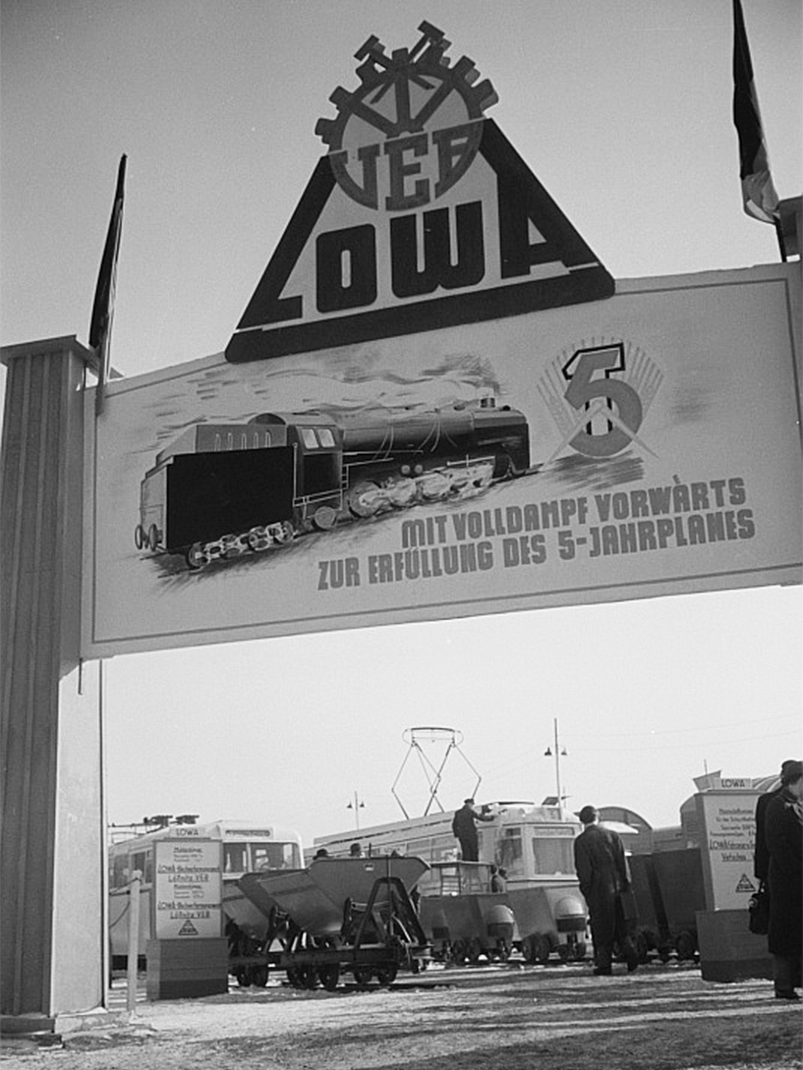
The most typical example is the satellite car (Trabant) all over East Germany. The car, which was named after the Soviet satellite in 1957, did not fall behind the times. Although the displacement is so small (0.6L), the car is also small. However, in addition to a few fine -tuning this car, it has been built for 30 years since its introduction. The old drivers complained about it.
Trabant P50 is the first production model of this series
The arc of headlights and hoods looks like a smiley face, very dumb
(Figure: wiki)
The first is insufficient power. There is such an East German joke: how to make the satellite t brand reaches 100 kilometers per hour? "It's simple, push it down from the cliff." In addition, there are problems such as small problems, spark plugs and other problems.

The most important thing for this car is that the structure is fragile and easy to disperse, so that the West Germans say "Trabi" (trabi, the contempt of TRABANT) is made of paper.
Trabant 601 is the third -generation model of the series
(Assembly line, picture: tumblr) ▼
The actual situation is that because of the shortage of steel, hard plastic is used in the framework of satellite cars, and the raw materials that make this hard plastic may contain some recycling paper.
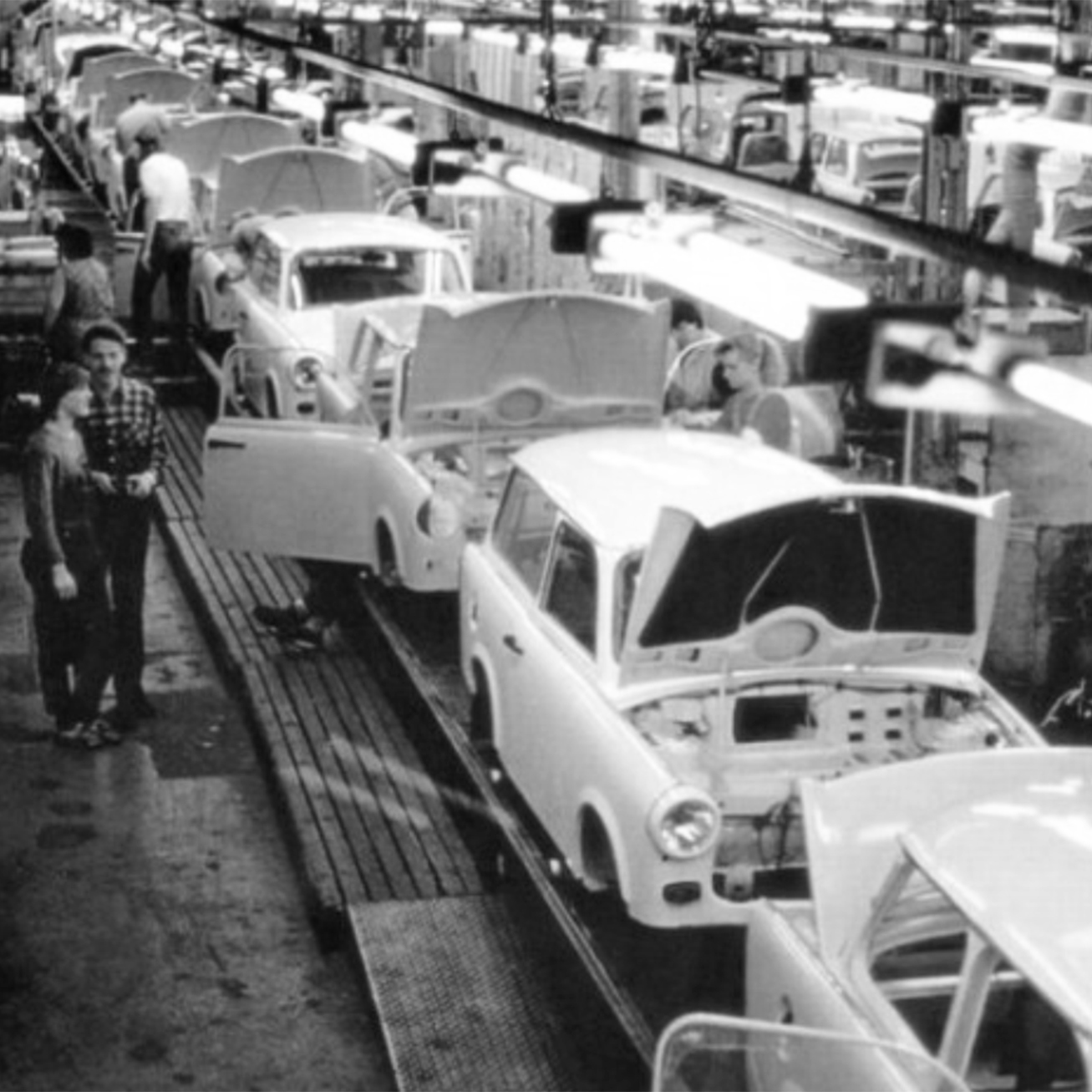
For the complaints of the old drivers, the Veb Sachsenring of Satellite Cars does not care. Because a car is difficult to find, an East German worker who is interested in buying a car usually loses ten years in order to pay for it.
When the two German mergers and the domestic market became part of the world market, such "trademarks" disappeared because of lack of people.
In a sense, this car is also one of the symbols of the East Germany era
When East Germany became the past, it also entered history (Figure: wiki) ▼
Fate of being acquired
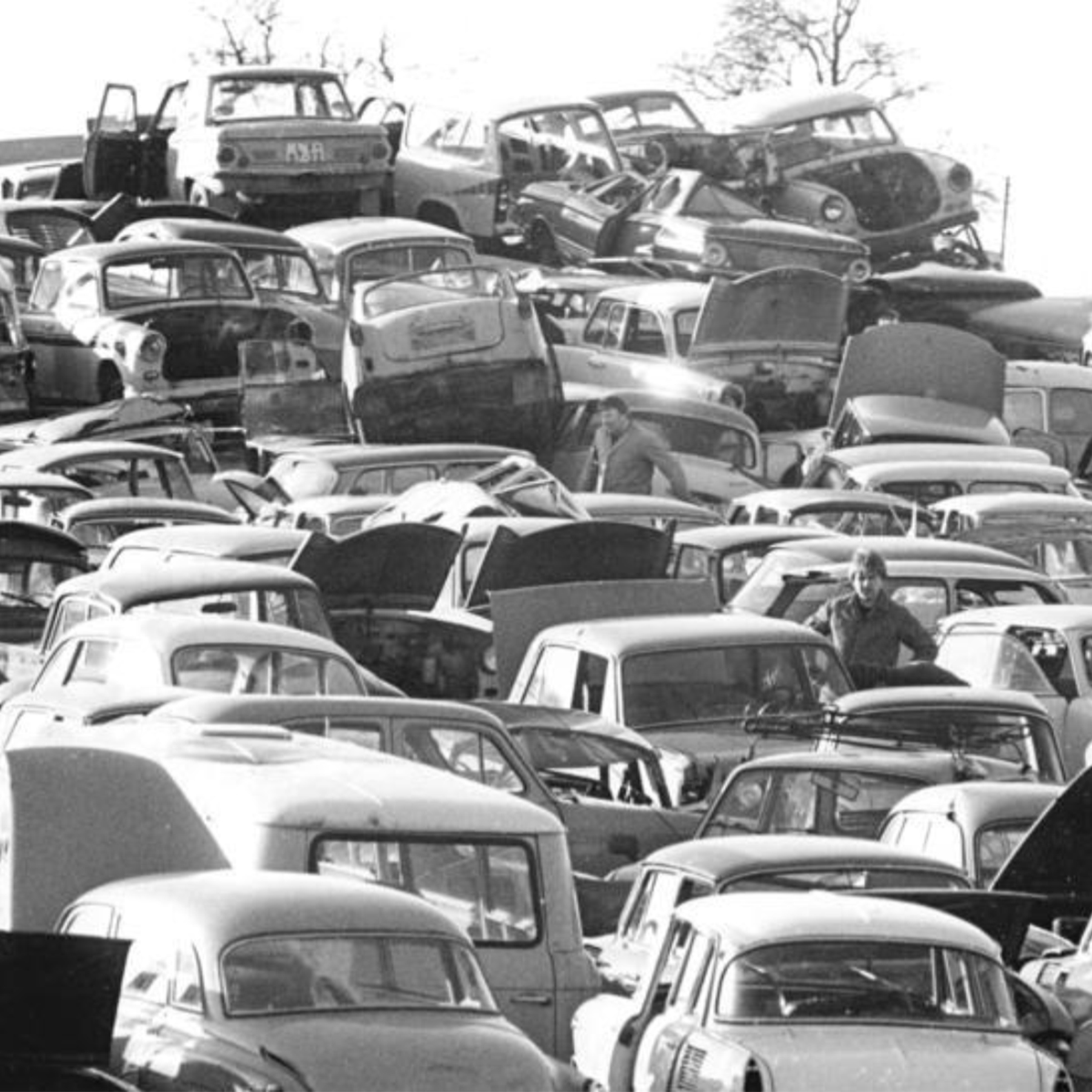
And those East Germany brands with certain market competitiveness can hardly escape the fate of being acquired by West Germany.
For example, Zeiss, the most famous optical equipment company in Germany in the 20th century, differentiated on the sides of the iron curtain on both sides of the iron curtain. (Veb Carl Zeiss Jena). During World War II, Zeiss produced optical tools for the German army
The German army used to equip the ranging meter to observe the binocular telescope
(Counting several pictures: Sportantiques.co.uk) ▼
In addition to producing Zeiss's fist products before the war, Dongde Zeiss also invented the world's first five -prism -based reflective camera in the world, named CONTAX S.
Later, because West Germany Zeiss had registered the "Kangtai Shi" brand in the West, it named it "Pentacon" (the meaning of Kangtai Times camera with a pentopoly ").
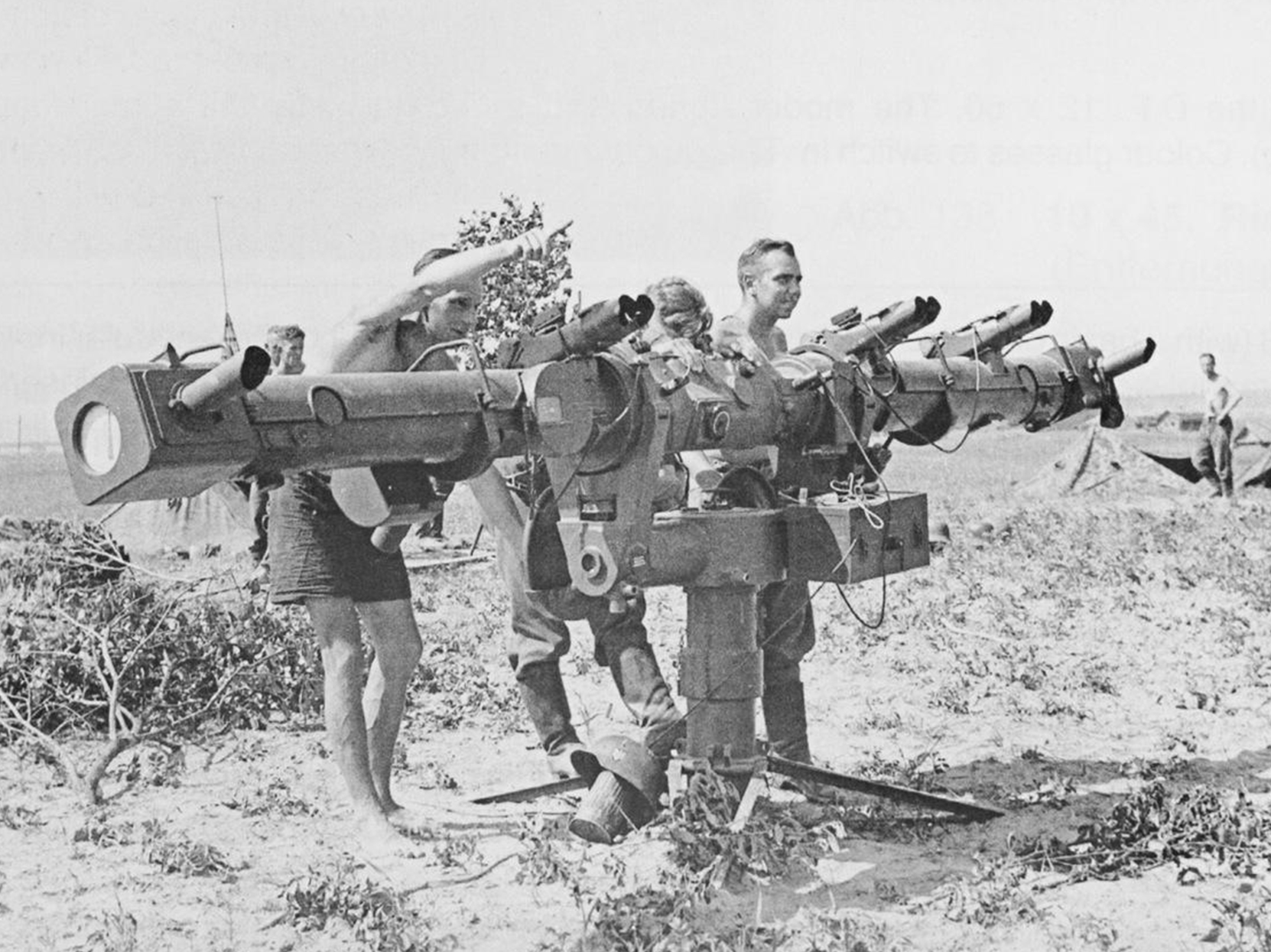
Carl Zeiss Jerna, located in East Germany (Figure: wiki) ▼
However, such an East German company with "real materials" was merged and acquired by West Germany Zeiss in the same year in Germany. Its fate has become a microcosm of many East German outstanding companies.
Today, the original East Germany brand, which can obtain an absolute advantage in the industry, may have only successfully completed the foam wine brand "ROTKäPPCHEN" that has been successfully completed in 1993.

Have anyone drank it? Drink the comment area to comment
(Figure: shutterstock) ▼
references:
Rainer Land, Mitwirkung Ulrich Busch, Einleitung: Regime wirtschaftlicher Entwicklung in West- und Ost-deutschland und die deutsche Einheit unter den Bedingungen des Finanzmarktkapitalismus.

*The content of this article is provided for the author, which does not represent the position of the Earth Investment Bureau
Cover: shutterstock
End
- END -
up to date!Zhangjiakou epidemic prevention policy has changed

On June 27, the reporter learned from Zhangjiakou's response to the new crown pneu...
Jinan's double -layer bus "Red Benben" is officially operating today, fashionable and beautiful panoramic sightseeing

Reporter Yu BoshengThe double -layer buses in the memory of Jinan citizens are now...